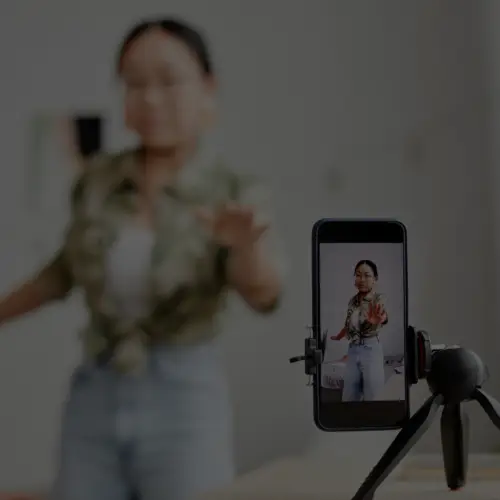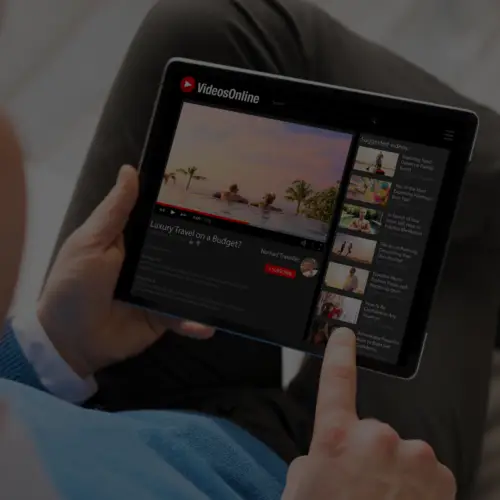02 Mar How Google+ Attempts to Solve Social Media Marketing Challenges for Brands
I had the opportunity to attend Social Fresh EAST a few weeks ago and got to sit in on Scott Monty’s keynote, What Google+ Really Means for Marketers. Monty is the head of social media for Ford Motor Company and was at the forefront of Ford’s foray into Google+.

If you’ve been paying attention to brand activity on Google+, you probably already know that Ford was the first brand in the space. It joined in July of 2011, but unlike other early-adopting brands, did not have its account deleted by Google. Instead, Google saw Ford as an opportunity to gain feedback about the platform, particularly for brand usage. The Ford account was labeled as a test account so that the team could learn the platform and discover what they really wanted out of Google+.
Google eventually moved Ford to an official brand page, where it has continued to engage with its 210,000 users, or “Circlers”. While I found the brand’s adoption and usage of Google+ interesting, I was most intrigued by Monty’s discussion of four common challenges that brands face within social media and how he sees Google+ as the answer to all of them.
Challenge #1: Messages Have Become Too Impersonal
The first challenge that Monty mentioned is that messages in social media have become too impersonal. Trying to reach and appease as many fans as possible among all of the separate social channels has taken the personality and tailoring out of brands’ messages. Monty gave a great example from his own experience: Ford has many fans who are interested in its hybrid and electric vehicles, but it also has die-hard Mustang fans. Sending out an update that talks about the newest features in electric-powered cars is going to appeal to the former, but it will likely not interest the latter.
You might be asking how Google+ solves this problem. The answer is simple – with circles. Google+ circles allow you to separate your fan base into different groups based on qualifiers of your choice. With circles, Ford is able post this update about the 2013 Shelby GT500 convertible and target it to the fans who love muscle cars, while omitting it from the circles of fans who wouldn’t be interested in a commemorative lighted sill plate (or may not even know what a sill plate is).

Challenge #2: Comments Aren’t Conversations
![]() Currently, conversations between a brand and its fans on Facebook is limited to the brand’s wall – fans can comment on posts or post their own content and the brand can respond, but this is as far as a conversation can go without taking it off of Facebook. While this does allow for effective two-way communication between a brand and its fans, there will always be a lag time between the fan’s comment and the brand’s response.
Currently, conversations between a brand and its fans on Facebook is limited to the brand’s wall – fans can comment on posts or post their own content and the brand can respond, but this is as far as a conversation can go without taking it off of Facebook. While this does allow for effective two-way communication between a brand and its fans, there will always be a lag time between the fan’s comment and the brand’s response.
To add to this existing system of communication, Google+ has come up with a way for brands to interact with their fans in real-time: the Google+ hangout. Hangouts aren’t a replacement for the traditional comment and response system many brands already employ, but they are an additional way that brands can communicate with their fans. Hangouts allow a brand to participate in a group video chat with fans who are interested in interacting further. They are currently limited to 10 people per hangout, but Google is planning to expand their ‘Hangouts on Air’ functionality, which will allow brands to publicly broadcast a hangout to an unlimited number of viewers (although the number of active participants in the hangout will remain the same).
Challenge #3: Recommendations Lack Staying Power
During the presentation, Monty mentioned that 71% of people say reviews from family and friends help influence their purchases. Additionally, 84% use online sources, such as search, when deciding which products to buy. With these numbers in mind, being able to integrate others’ likes and recommendations into a consumer’s research would be very valuable to a brand. Google’s +1 button does just that. When a friend +1s something and you later search for it, his recommendation will populate in the search for you to see. For example, if your sister +1s the Canon website and you later do a search for digital cameras to help you decide which one to purchase, her +1 will surface in your search under Canon, potentially leading you to purchase a digital camera from the brand she has recommended.
Challenge #4: Social as One More Thing Brands Have to Do
Social media can be a daunting medium for a brand. After a company has already put money and resources into advertising, PR, marketing and direct mail (along with many other areas), social can seem like one more thing to add to that list. Monty believes that Google has alleviated this problem by allowing brands to drive to their Google+ page from across the web. The +1 button can be added to their website, email newsletter, online ads and other brand advertising and properties. Additionally, searching for a brand on Google with the “+” before your search term will often surface the brand’s Google+ page at the top of your search results.
Ultimately, Monty paints a picture of Google+ as a common thread for brands, instead of yet one more channel that they have to focus their efforts on. What do you think? Is Google+ really the answer to these social challenges for brands? Or is it just yet another social channel? Let us know in the comments!






